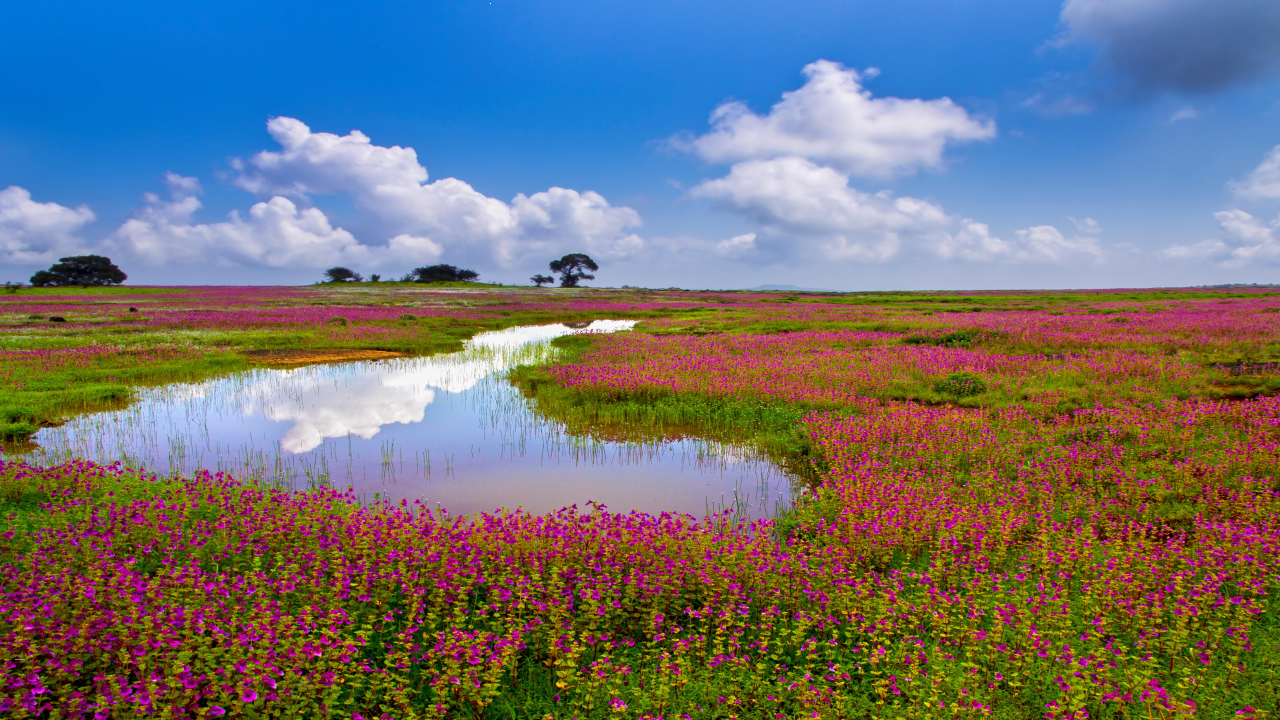The Kaas Plateau, nestled in Maharashtra, has gained recognition for its unique environmental characteristics and cultural significance. A recent study conducted by the Agharkar Research Institute (ARI), Pune, sheds light on significant shifts in the Indian Summer Monsoons, providing valuable insights into the region’s climatic past.
Exploring the Kaas Plateau
The Kaas Plateau, locally known as Kaas Pathar, is a captivating location situated in Maharashtra. It earned its place in the UNESCO World Natural Heritage Site in 2012, owing to its natural beauty and biodiversity. Located approximately 140 km from Pune, the plateau showcases a stunning floral carpet during August and September, attracting nature enthusiasts from far and wide.
Understanding Monsoon Shifts
The study conducted by the ARI focused on sediments from a seasonal lake within the Kaas Plateau. It revealed a significant shift in the Indian Summer Monsoons, indicating a transition towards dry and stressed conditions with reduced rainfall. This shift occurred during the Early-Mid-Holocene, approximately 8664 years ago, as indicated by the sediment profile dating.
The Role of Agharkar Research Institute (ARI)
The ARI, an autonomous institute of the Department of Science and Technology, along with the National Centre for Earth Sciences, Thiruvananthapuram, conducted an in-depth analysis of the sediments to decipher the past climate of the Kaas Plateau. The study involved dating sediment profiles that spanned 8000 years, offering insights into the changing climatic signatures over time.
Late Holocene Observations
During the late Holocene, around 2827 years ago, the study revealed a decline in rainfall and a weakened southwest monsoon. These findings indicate that the Kaas Plateau experienced relatively reduced rainfall during this period. This understanding adds to our knowledge of the region’s climatic history and its impact on the local environment.
